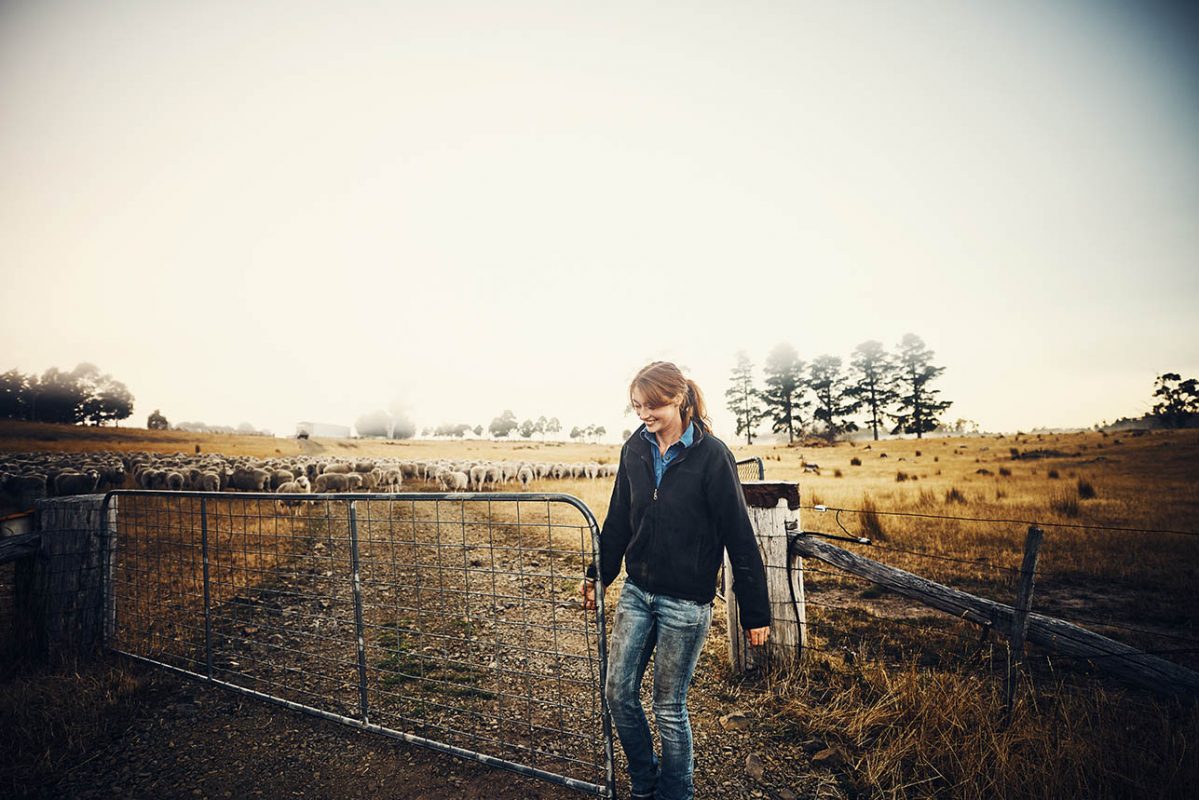Have you heard the phrase ‘Disease arrives on the back of a truck’?
The biggest risk for introducing disease or weeds to your property is bringing in new animals. However, bringing in new stock may be a necessary part of your business so how can you reduce the risk?
Pre-purchase
Before you buy, examine the stock and request an Animal Health Declaration (AHD). Specific AHDs are available for sheep, cattle and goats.
They include information about the flock or herd’s health history including disease status, treatments and vaccinations. Get information about footrot, lice and ovine brucellosis in sheep, pestivirus in cattle, CAE in goats, and Johne’s disease for all species and more.
AHDs are a risk profiling tool and a legally binding document. Use the health status and management history outlined on the AHD to make informed decisions about the stock you are buying. But, keep in mind, what to look for may vary depending on your type of enterprise. For instance, Johne’s disease may not be as important to a trading operation as it is to a breeding operation.
Access them for free from www.farmbiosecurity.com.au/toolkit/declarations-and-statements/ or in conjunction with your electronic NVD.
At the farm gate
All stock should get a quarantine drench on arrival and be allowed to empty out in the yards for two to three days.
After you let them out of the yards, hold them in a small paddock for the next seven days. This gives additional time to empty out, confining foreign worms and weed seeds to one area. For sheep this is a good opportunity to walk them through a 10% zinc sulphate footbath to help prevent the onset of footrot.
New stock should remain separate from the main herd for at least 28 days for cattle. Sheep should remain separate until up to six months has passed to show any signs of lice, and the end of spring to assess for footrot.
Monitoring
Continual monitoring is important for disease management and you should keep a record of everything you see.
As strange as it sounds, taking note even when there is nothing out of the ordinary is as important as noting unusual symptoms. In the case of a disease outbreak this allows you to trace back to when symptoms first appeared.
If you do see something unusual in your stock, contact the Emergency Animal Disease Hotline on 1800 675 888 immediately. Every minute counts in disease prevention.
